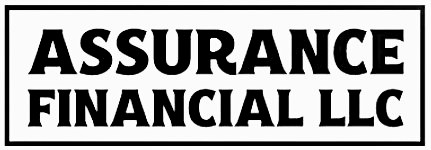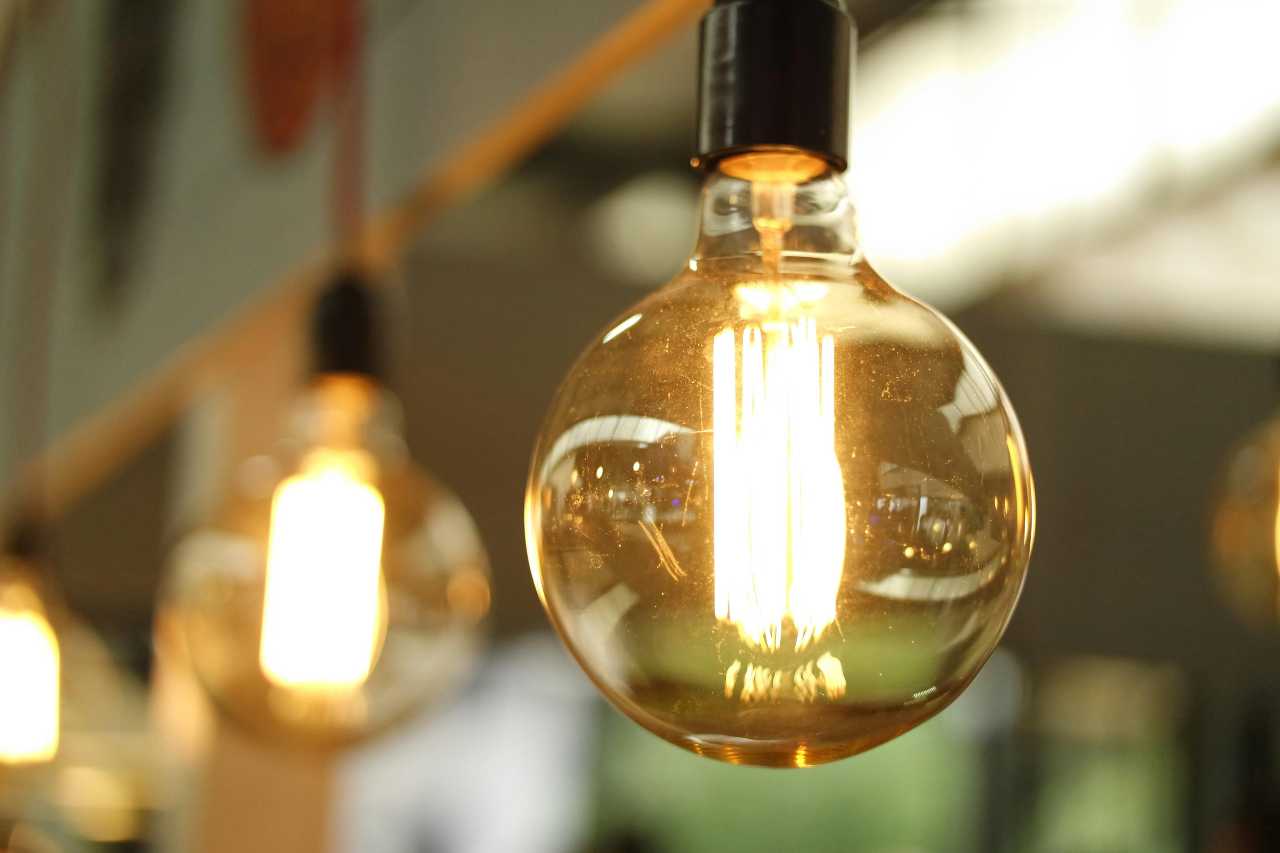As electrical contractors work to improve energy efficiency in commercial buildings, they often find themselves in a position to potentially claim valuable tax deductions. These contractors install sophisticated lighting systems and may believe they qualify for substantial tax benefits under Section 179D of the Internal Revenue Code. However, misunderstanding the timing requirements or the criteria for being “primarily responsible for design” can lead to denied deductions and disputes with the IRS.
When exactly is energy-efficient property considered “placed in service” for tax purposes? What does it mean for a contractor to be “primarily responsible” for designing energy-efficient systems in government buildings? The recent case of United States v. Quebe, 123 A.F.T.R.2d 2019-543 (S.D. Ohio 2019), provides an opportunity to examine these questions for tax professionals, contractors, and business owners alike.
Facts & Procedural History
Dennis and Linda Quebe owned Quebe Holdings, Inc. (QHI), which operated as three separate electrical contracting companies: Chapel Electric, Romanoff Electric, and CRT Technologies. These companies designed and installed electrical systems for large commercial complexes, with clients including Wright-Patterson Air Force Base, Dayton Public Schools, Miami Valley Hospital, and Lucas County.
In September 2012, QHI retained a tax services provider named Alliantgroup to perform a “Research and Development Tax Credit Study” for tax years 2008 to 2011. Alliantgroup would receive up to 25% of any tax credit ultimately identified. The study concluded that QHI was entitled to claim tax deductions under Section 179D for energy-efficient commercial building property for tax years 2009 and 2010.
Based on this study, QHI filed an amended tax return (Form 1040X) for tax year 2009, reflecting a reduction in the Quebes’ income tax liability of $107,292. They also filed an amended return for 2008, reducing their liability by $87,054 due to carryback from 2009. The IRS issued a refund of $119,954.65 (including interest) in August 2013.
In December 2013, QHI filed another amended return for 2010, reducing the Quebes’ tax liability by $118,048, resulting in an additional refund of $129,482.90 (with interest) in April 2014.
On August 25, 2015, the government brought an action pursuant to 26 U.S.C. § 7405(b) to recover these allegedly erroneous refunds. The case proceeded through discovery before reaching the summary judgment stage. This litigation process illustrates how disputed tax benefits can escalate to federal court when substantial refunds are at stake.
Section 179D Deductions and Energy Efficiency Requirements
Under 26 U.S.C. § 179D, a taxpayer can deduct the cost of energy-efficient commercial building property “placed in service during the taxable year.” This provision represents an important area of Tax Advice for building professionals seeking to maximize available tax benefits.
For property to qualify as “energy efficient commercial building property” under Section 179D(c)(1), it must be installed as part of:
- The interior lighting system
- The HVAC system, or
- The building envelope
Additionally, the property must be certified as part of a plan to reduce total annual energy and power costs by at least 50% compared to a reference building meeting minimum standards. If a property cannot meet this 50% threshold, partial deductions are available. For lighting systems specifically, a 20% reduction in energy costs can qualify for a “Partial Deduction.”
A special provision particularly relevant to contractors is found in Section 179D(d)(4), which allows government entities to allocate the deduction “to the person primarily responsible for designing the property in lieu of the owner.” This provision creates opportunities for contractors working on government projects but also raises complex compliance issues that may require specialized Tax Research.
The “Placed in Service” Requirement: Timing Is Everything
The first critical issue in Quebe concerned the timing of the claimed deductions. The statutory language is unambiguous: deductions apply only to property “placed in service during the taxable year.” The government argued that none of the five Wright-Patterson buildings for which QHI claimed deductions in 2009 had lighting systems placed in service that year.
The evidence strongly supported the government’s position:
- For Buildings 20016 and 30060, QHI wasn’t even contracted to work on them until 2011
- For Building 20024C, a January 2010 communication from Chapel stated that fixtures were “perhaps 6 weeks from time of order,” confirming they couldn’t have been installed in 2009
- For Buildings 20198 and 30145, Chapel informed Wright-Patterson in December 2009 that the existing lighting was in good condition and not worth upgrading
QHI attempted to rely on an allocation letter signed by a Wright-Patterson maintenance officer in December 2012 stating the in-service date was April 2009. This raised important questions about documentation requirements that frequently arise during IRS Audits.
The court rejected QHI’s argument for multiple reasons:
- The letter didn’t specifically identify the five buildings at issue
- Overwhelming documentary evidence contradicted the letter’s assertion
- Military personnel cannot authorize tax deductions that taxpayers would not otherwise receive
- The court wouldn’t accept that the earliest placed-in-service date for any part of a multi-building project would qualify the entire project
This analysis highlights the importance of accurate contemporaneous documentation when claiming tax deductions. Taxpayers facing similar issues might need to pursue an Audit Reconsideration Request if they believe the IRS has incorrectly disallowed their claimed deductions.
Who Is “Primarily Responsible” for Design?
The second key issue in Quebe involved four school buildings where QHI claimed Section 179D deductions. Here, the question centered on whether QHI was “primarily responsible for designing” the lighting systems as required by the statute.
IRS Notice 2008-40 provides essential guidance, explaining that a designer “creates the technical specifications for installation of energy efficient commercial building property.” While contractors can qualify as designers, a person who “merely installs, repairs, or maintains the property is not a designer.”
The government presented substantial evidence that QHI was not primarily responsible for designing the lighting systems:
- QHI’s Chief Operating Officer testified that Chapel did not design the fixture layout or determine lighting parameters
- Chapel’s role was limited to selecting fixtures that met the architects’ specifications and then installing those fixtures
- Detailed lighting plans for all four schools were created by architects and engineers who specified fixture types, locations, wiring details, and parameters
QHI’s corporate representative confirmed that QHI’s work on all four schools involved selecting fixtures that met the requirements of plans they were given (which QHI did not create) and installing those fixtures. When asked directly, the representative testified that Chapel “selected the fixture that we felt would work best for the application and purchased accordingly.”
This distinction between designing and merely installing according to others’ designs is crucial for contractors seeking to avoid Accuracy-Related Penalties that might apply to improperly claimed deductions.
When Can Contractors Claim Section 179D Deductions?
The court’s analysis in Quebe provides a framework for understanding when contractors can legitimately claim Section 179D deductions for energy-efficient improvements to government buildings.
For the “placed in service” requirement, the court focused on when the lighting systems were actually installed and operational, not when any allocation letter was signed or when the overall project might have begun. This timing element is fundamental to all tax deductions and is a frequent issue in disputes that might require assistance from the IRS Office of Appeals.
For the “primarily responsible for design” requirement, the court made a clear distinction between creating technical specifications (which would qualify) and merely selecting and installing fixtures according to someone else’s specifications (which would not qualify). This distinction has important implications for how contractors should document their design contributions if they hope to claim Section 179D deductions.
The court rejected QHI’s argument that the government’s position imposed an “arbitrary rule,” noting that it was based directly on statutory language and IRS guidance. This demonstrates how courts typically defer to explicit statutory requirements in tax cases, an important consideration when dealing with IRS Adjustments to Income.
The Takeaway
The United States v. Quebe decision provides critical guidance for contractors considering Section 179D deductions. For a valid deduction, energy-efficient improvements must actually be placed in service during the tax year claimed—not before and not after. Contemporaneous documentation of installation timing is essential, and retrospective allocation letters cannot overcome contradictory evidence.
To qualify as “primarily responsible” for design, contractors must create the technical specifications for the energy-efficient property, not merely select and install according to others’ plans. Contractors who only install products specified by architects and engineers will not qualify for the allocation of the deduction from government entities, no matter how skilled their installation work.


